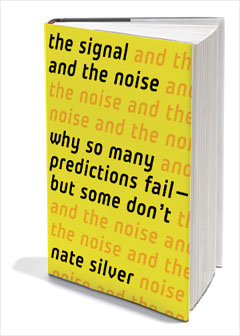
Article based on the memoirs of Aejones concerning the VPIP and its correlation with the PFR and other hands.
The VPIP is the number of times where you put money into the pot with one hand. The "preflop raise" is the number of times where you raise with these hands. For example, if your VPIP and your pre-flop raise % are high, you'll have more action of players at your table and whether to reverse your VPIP and your pre-flop raise % are low, you'll have less action of players at your table. There is a correlation between your VPIP, your pre-flop raise and the action you get because obviously, if you play lots of hands, you are less likely to have a big hand on the flop, you are less likely to have a pair.
You will make only a pair on the flop once on 3 If you have two cards pre-flop which are not a pair. If you have a VPIP of 30%, for example, you'll have a pair only about 10% of the time. So more you play hands, less often you'll have a big hand on the flop and more you play hands, less often you'll have a solid game; It is something that is known by intuition. In short, the number of times that a player will see the flop is directly related to his VPIP.
The thing also need to know is that if a player opens its Hold'em Manager , it will be able to know its exact VPIP for each position. It the possibly will not see in real time, when he plays, but it is something to know. It is one important thing to consider. The number of times you go see the flop will be directly connected to the amount of money you earn. Intuitively, more you will have a high VPIP, less you will earn money, you will have a low VPIP, more you will earn money. Most often you will be in a pot, less often you'll big hands and more difficult will be for you to win pots while you won't have good hands. On the other hand, several good LAG (loose aggressive player) to find a way to win lots of money before the showdown.
As many will tell you and it has been said in the past, there is the talent of a 6-max player which will play an infinite number of hands, by hands that he will win without showdown. Because in the long term, each player will end up not getting the same number of good and bad hands, but each player will not win the same number of money without showdown. Therefore, your value as a player during the 6 - max poker will be determined by the money you'll earn without showdown, when no one has nothing. Your goal must be balanced and you must win enough of these pots, without showdown, so that when you have a strong hand that will travel to the showdown, you have enough action to make you pay.
Another thing which I would like to tell you about relatively to the VPIP and your pre-flop raise is how these numbers affect your action when you have large hands. This 2 years ago approximately, there was a thread left on Twoplustwo by a guy who was doing a heart attack and who said pretty much what follows: "WTF, I opened my Hold'em Manager and on thousands of hands, I'm losing with 78, why continue to play 78 s?"
If you want, open yourself your Hold'em Manager and see if you are losing with 78 s. You are probably losing over the long term with s 78 and with other suited connector. But it's not going to prevent me from playing my suited connector. I like the suited connector. I like them because you can make the straight and flush with them. It can even make quads with them. But this is not just for that I love. Here is why I still play them. If you do not play those suited connectors, you will make less money with large hands, as with the ACE or a set. If you do not play these suited connector, you will lose surely less money with them, but you will make less money with your big hands and in this way, you will make less money in total. Does it makes sense?
When you think about it, "OMG, I lose with 56 s", it may be because you push too many draws, but you open more hands and you will be more prone to get 3-better with your ACE. Here is the difference between theory and practice. There is perhaps a VPIP perfect in theory, but in practice, the table conditions change so that your VPIP will change and must change. You must be able to adjust your VPIP and your pre-flop raise according to which is on your left. There is an adjustment you need to make to your VPIP based on who is on the button, which is on the cutoff, which is on the blinds, that is in late position when you are in early position, etc.




